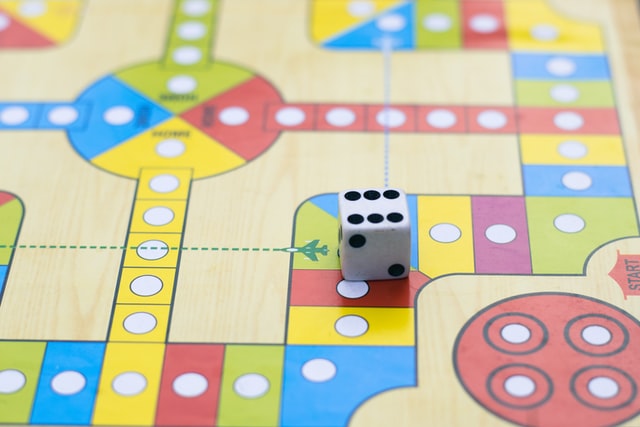Ludo is a two to four players’ strategy board game where the players race their four tokens. The game is all about moving their tokens based on the dice rolls. This indoor game comes from the Indian game Pachisi and is played in many countries and under different names.
About Ludo Board
Ludo is a two to four players’ strategy board game where the players race their four rolls according to one roll, from beginning to finish. The board is comprised of suqareas and each square represent a single unit in the dice. Depending on the varient, the board can have safe spots or not but every ludo board has base, home column, and home triangle.

Some of the rules that must be followed
Overview
There are two, three, or four. Each player’s four tokens are out of play at the beginning of the player game, placed in the player’s yard (one of the big corner corners of the player’s board). If they can, the players will enter their tokens one by one on their squares and then move them around the board in a clockwise way on the track of the game (a path of squares that does not form part of any home column of players). When a player reaches the square underneath his home column, he moves to the final square with tokens. The rolls of one single dice control the speed of the tokens so that the player rolls into the finishing square. The first player to finish all of his tokens wins the game. The others are often still playing to decide whether they are second, 3rd, or 4th.
Gameplay
- Each player starts rolling the dying; the game begins with the top roller. Players alternate turns in the direction of a clock. A player has to roll 6 to enter a token from his courtyard to his starting plaza.
- Every time a player gets a 6, the player can draw a token unless he has an empty or 6-fold moving home. The 2 tokens for the start box (doubled). The next player has a turn if the player has no tokens and only rolls 6.
- Players always have to move a token to match the roll value. Once a player plays for one or more tokens, he moves the as per the number of squares indicated by the die forward. If the token of the opponent blocks your path, you need to land in the same space as your token to take it.
- When the player is unable to draw a token from home, the player gets a “bonus” roll in that spin when he rolls the 6. The player gains another bonus roll if the bonus roll returns to 6 again. The player cannot move when the third reel is 6, but the turn will pass to the next player immediately.
- The token of the opponent is returned to its owner’s yard if the token advance ends on a square occupied by a token by an opponent. The token returned can only be reinserted if the owner rolls a 6. The pieces doubled and form a block.
- If a piece lands in the same space as another piece of different you capture it.
- The home column squares of players are always safe since no adversary is allowed to enter. You can’t jump on your token in the home column. Roll the exact token number into the home triangle.
Variant Ludo Rules

Ludo is an ancient game that is played globally. As such, different rules for Ludo exist in different places. While the core concept of this game remains the same, the gameplay changes. One such example is the rules of Ludo in Vietnam. This form of Ludo is called “Cờ cá ngựa” and has more restrictions when compared to the regular ludo.
In this variant, the differences are:
- The tokens are made in the models of horses
- The 1 and 6 have the same value which means that you can roll the dice again regardless of what dice you roll
- Once you reach the home column, you must roll the specific number to enter the home column. This means that you must roll 1 if your token is one square away from the home column. If your token is two squares away from the home column, you must roll a 2.
Another common variant rule of ludo restricts a player to enter a home column if they have not captured a piece. Here, even if your token is near the home column, if you have not captured a token from another player, then you cannot go home. While this variant ludo rule will not make the overall game harder, it is a big hurdle during the initial phase.
Conclusion
In the end, ludo is an old board game that needs both luck and strategy to win, especially when played with other skillfull players. You need good luck to get the roll you desire and a sharp mind to make move your tokens. Unlike what a lot of people think, a good roll doesn’t always mean a high role. Sometimes you need a perfect and specific roll to capture an opponent piece and prevent others from gaining the upper hand.
We hope you found this interesting. And as always, thank you for reading till the end.
